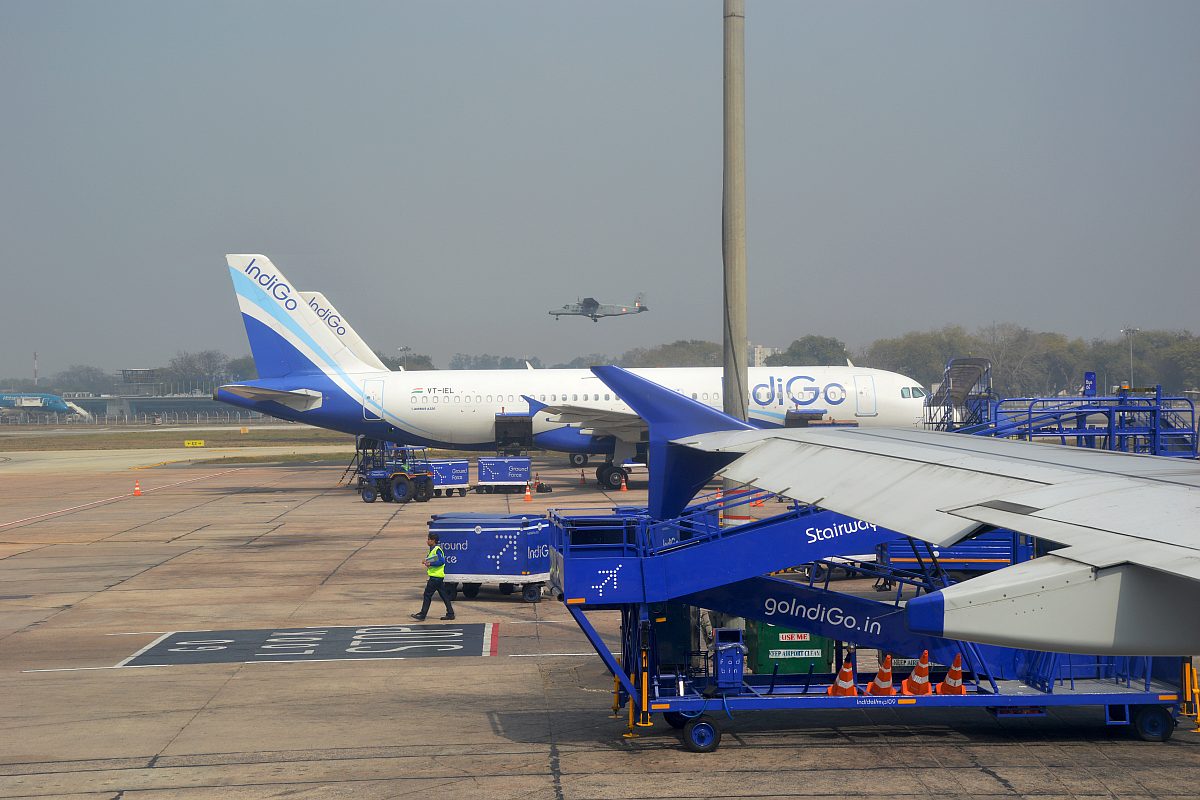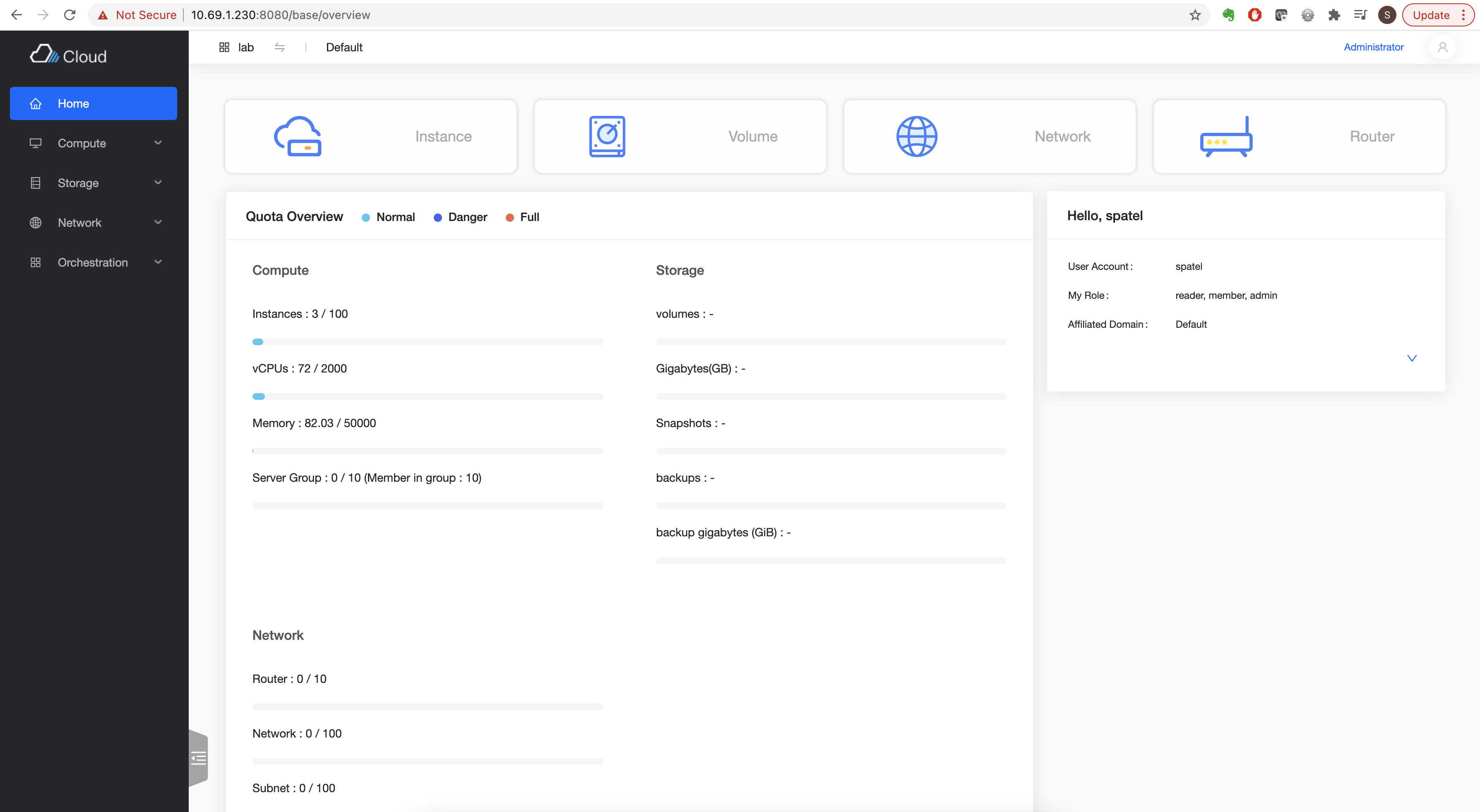


When you open something like that up, there are plenty of folks that will hammer away and find a weekness and get in as well.ĭo you have a DMZ that you host a webdav or ftp site?Ĭould you build up an sslvpn, thereby you could grant external users access to the internal system and keep things secure?

This work indicates that the LWR contains extensive areas capable of supporting EIS although increasing urbanization may have a negative impact on future persistence of EIS.I would suggest you not be popping holes in your firewall to gain access to servers inside of your enterprise. Potential corridors were widespread in the southern half of our study area with substantial areas of potential habitat and corridor occurring outside of the existing conservation network. EIS gene flow was most strongly associated with undeveloped uplands, urbanization, and habitat edge at the broadest scales we evaluated.
#Access indigo server from outside network driver
While the presence of conservation lands was not a strong driver of EIS occupancy, EIS occupancy was more consistently higher on conservation lands. EIS occupancy after a 15 year simulation was 56% and occupancy was most strongly affected, negatively, by urbanization. My model was unable to simulate observed patterns of within-individual home range overlap but accurately simulated survival in developed and undeveloped landscapes. My ABM simulated larger male home ranges and smaller home ranges and lower survival in urbanized landscapes although simulated effect sizes were weaker than observed effect sizes. I used observed patterns of movement and habitat selection to calibrate my ABM. While EIS did not avoid roads, they rarely crossed primary and secondary roads. EIS selected home ranges and within-home range locations in areas of undeveloped upland habitat with high habitat heterogeneity and generally avoided urban. While seasonal home ranges within an individual strongly overlapped, individuals avoided home ranges of same-sex conspecifics. I found that male EIS maintain larger home ranges than females and move extensively during the breeding season in search of females. Finally, I used landscape genetics to determine how landscape features influenced genetic connectivity and to estimate resistance surfaces with which to model potential corridors. I used this model to determine how landscape features and conservation lands influence EIS occupancy across our study landscape. Third, using the aforementioned data and previously published data, I developed an agent-based model for simulating EIS movement, survival, reproduction, and dispersal in central Florida. Second, I conducted a multi-level, multi-scale habitat selection analysis to create spatially-explicit estimates of EIS habitat selection. First, I evaluated EIS movement patterns and space use including daily movement distance, home range size, within-individual home range overlap, and among-individual home range overlap and how these patterns varied by sex and season. I accomplished this through four components.

The primary goal of my dissertation was to understand how landscape features influence EIS population viability and connectivity in central peninsular Florida. The federally threatened eastern indigo snake (EIS, Drymarchon couperi) has declined throughout its range primarily due to anthropogenically-induced habitat loss and fragmentation making spatially-explicit assessments of population viability and connectivity essential for understanding its current status and directing future conservation efforts. Understanding the factors influencing the likelihood of persistence of real-world populations requires both an accurate understanding of the traits and behaviors of individuals within those populations (e.g., movement, habitat selection, survival, fecundity, dispersal) but also an understanding of how those traits and behaviors are influenced by landscape features.


 0 kommentar(er)
0 kommentar(er)
